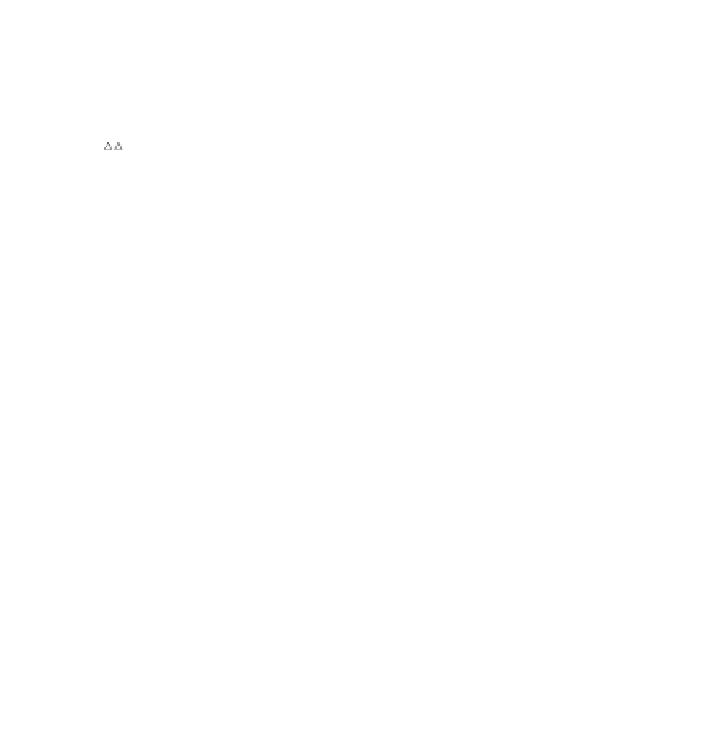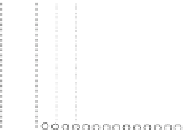Biomedical Engineering Reference
In-Depth Information
Macrophages
MSCs
Fibroblasts
0.05
0.04
1
1
t=0 days
t=5 days
t=60 days
0.03
0.5
0.02
0.5
0.01
0
0
0
6
7
8
9
10
6
7
8
9
10
6
7
8
9
10
r (mm)
r (mm)
r (mm)
IL−10
TGF−β 1
TNF−α
0.15
0.5
0.5
0.4
0.4
0.1
0.3
0.3
0.2
0.2
0.05
0.1
0.1
0
0
0
6
7
8
9
10
6
7
8
9
10
6
7
8
9
10
r (mm)
r (mm)
r (mm)
Collagen
Chondrocytes
GAGs
1
1
1
0.5
0.5
0.5
0
0
0
6
7
8
9
10
6
7
8
9
10
6
7
8
9
10
r (mm)
r (mm)
r (mm)
Fig. 3 Spatial profiles of the densities and concentrations of the different species participating in
the regeneration of the trachea (note the use of the different vertical axes scalings). Results are
shown for seeding of the trachea with MSCs but without seeding with EPCs. Initially, at t
¼
0
;
there are no cells present inside the trachea (curves with triangles). At the intermediate time,
t
¼
5 days (curves with crosses), cells have infiltrated and the trachea is in a state of
inflammation. By the final time, t
¼
60 days (curves with circles), the inflammation has been
resolved. The vertical dotted lines and dashed lines indicate respectively the initial and final
radial positions of the lumenal surface and the inner radius of the cartilage ring
(dotted-dashed curve), the IL-10 secreted by the EPCs contributes to the
suppression of inflammation and the integrity of the epithelial layer remains intact
at large time.
In fact the amount of IL-10 secreted by the confluent epithelium is sufficient to
damp down inflammation in the model even without exogenous application of
MSCs. A small insult to the epithelium in this case will result in a brief transient
influx of macrophages analogous to a wound healing response. However results of
simulations shows that there is a threshold seeding density of EPCs (
20 %
confluent) below which the amount of secreted IL-10 is insufficient to suppress
inflammation. This accords with experiments that show stenosis can be induced by
severely damaging the tracheal lining [
53
]. However the EPC seeding density
required to prevent inflammation occurring need not be very high as suggested by
observations of tissue-engineered trachea regeneration that show small islands of
mucosa forming 72 h after implantation [P. Macchiarini, private communication].
























































































































































































































































































Search WWH ::

Custom Search